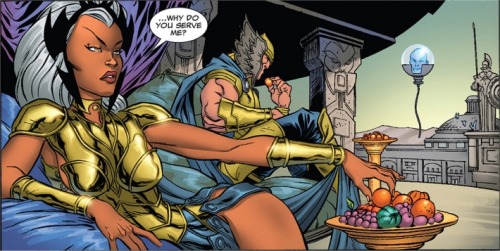When I first started playing D&D, I had no idea what a Bec de Corbin
was, nor something as exotic sounding as a Bohemian Ear Spoon. The name
alone was enough to conjure all sorts of mental images. Although recent versions of D&D seem to forgo the roots of the game with regard to the medieval influences, some of you may still want to include the variety of weapons 1e etc included.
Luckily, there are various ways of finding out what those weapons looked like and what they did. You could, for example, get your hands on a copy of G.C. Stone's A Glossary of the Construction, Decoration and Use of Arms and Armor in All Countries and in All Times, Together With Some Closely Related Subjects. I advise getting a used copy, as they're cheaper (mine was less than 20 quid and seems to be an ex-library copy from Canada). It's a weighty illustrated tome that describes a variety of weapons that could be used in D&D or a similar fantasy setting. You just have to try and ignore the fact that it was written quite some time ago and still lists some cultures as being 'savages'. I kid you not.
If, however, you want a quick overview you could always try YouTube. For starters, there's this:
Or this:
Okay, the presenter is a bit creepy but neverthless it's interesting to see a reconstruction of these items and, to a certain extent, how they were used.
If you don't mind the somewhat flippant approach to the subject matter, there's this:
Parts 2 and 3 can be found here and here. This gives a good basic overview of the sort of weapons one could use in earlier versions of D&D.
One interesting factor about some of these weapons is that they have more than one use. The pole axe has, for example, three different parts that can attack in different ways and these could be handy for different situations. This is isn't really covered by the 1e D&D weapon rules aside from what happens when being charged by an opponent. I guess that one could, as is the case with some monster attacks, divide up the potential damage into different types.
From an artistic point of view, such footage can come in handy when trying to visualise how someone might look when putting such weapons to use. There's also the fact that most of the people involved in these videos are wearing armour etc similar to the sort of kit adventurers would in a fantasy RPG setting (although perhaps not all that plate...). It seems that quite a bit of fantasy art owes more to LARPing or Renaissance festivals - which isn't a good thing.
Anyway, hopefully the above stuff shows that you don't have to resort to silly giant two-headed axes, massive manga-esque swords etc in order to have some interesting weapons to hand in D&D and other similar RPGs. As I've said before, history has usually already provided a tried and tested precedent that you can borrow from - and a fair few of these are somewhat exotic.
Anyway, hopefully the above stuff shows that you don't have to resort to silly giant two-headed axes, massive manga-esque swords etc in order to have some interesting weapons to hand in D&D and other similar RPGs. As I've said before, history has usually already provided a tried and tested precedent that you can borrow from - and a fair few of these are somewhat exotic.
Right, I'm off to the shops. Now, where did I put that Earspoon...?





















